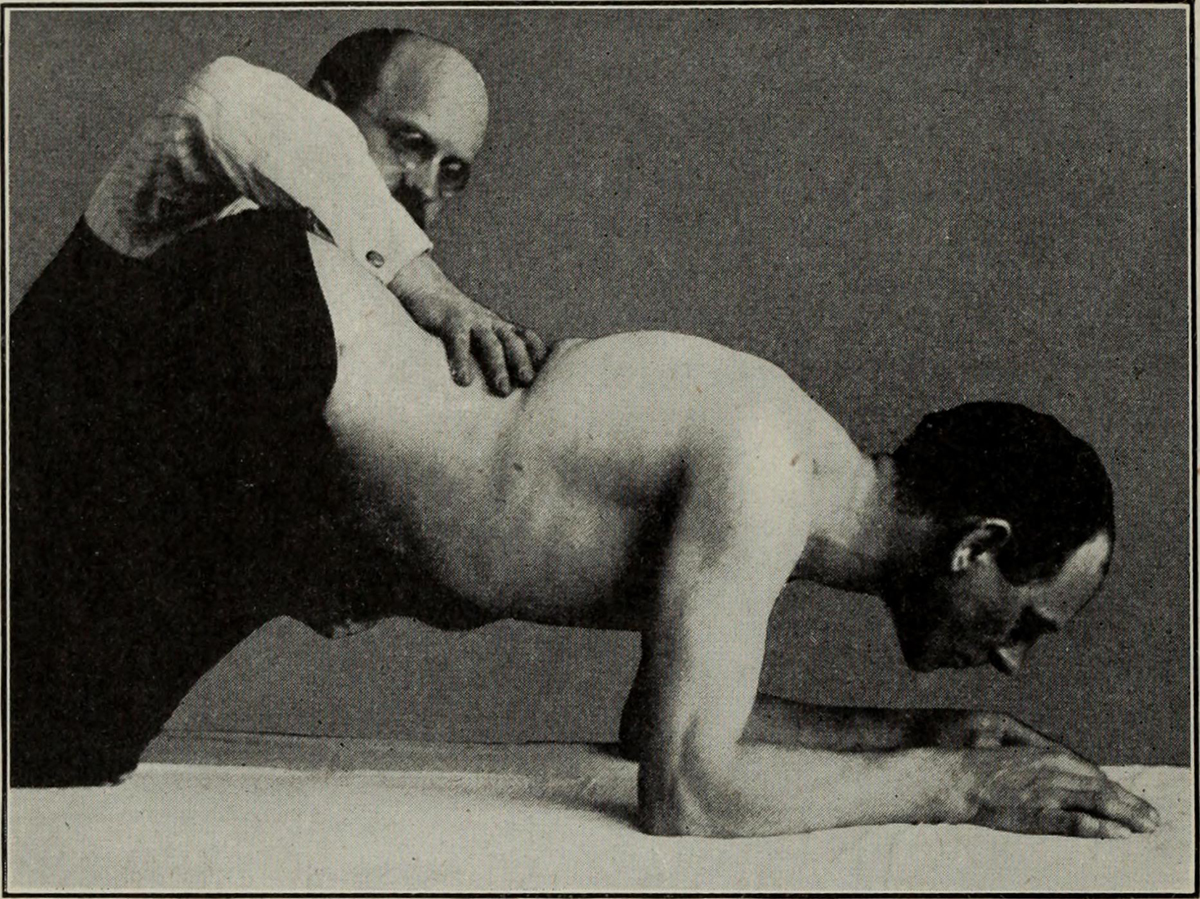
Lordosis is a medical term which refers to exaggerated inward curvature of a portion of the vertebral column. Lordosis is also referred to as 'swayback' and 'saddle back'. The spine has normal curvatures in cervical region, thoracic part and lumbar part. They maintain a natural position of the head over the pelvis. One more function of these curvatures is to absorb shock and distribute the stress placed on the vertebral column. Cervical and lumbar parts of the spine are lordotic to certain extent and this is considered normal. But once this curvature exceeds determined degree the condition lordosis occurs.
Causes of Lordosis
Lordosis predominantly affects teenagers but it does not have to be diagnosed until the mid 20s. It may be caused by a bad posture or be associated with certain medical conditions such as achondroplasia, discitis, kyphosis, obesity, osteoporosis, spondylolisthesis etc. Imbalances in muscle strength and length such as weak hamstrings and tight hip flexors are potential contributors to the condition. Pregnant women, people with excessive visceral fat as well as people suffering from conditions which lead to thigh low back muscles are risk groups for lordosis.
Symptoms of Lordosis
In majority of patients lordosis is asymptomatic and patients do not complain about any symptom at all. However in some people lordosis eventually causes moderate to severe lower back pain. Excessive arching leads to prominence of the buttocks. A well experienced physician can set the diagnosis after physical examination and examination of the spine curvatures. The condition is confirmed by X-ray of the spine.
Treatment for Lordosis
It is essential to identify the underlying cause of lordosis. Initial treatment includes putting a halt on the progression of the condition and prevention of accompanying deformities. All patients suffering from lordosis are advised to take up exercises. Patients are taught specific exercises which strengthen the abdominal muscles and hamstrings. Back muscles are strengthened with exercises like back hyper-extension performed with an inflatable ball. Physical therapy is essential for this condition and one should be willing to try this treatment modality since it offers so much and can provide with desirable results. If lordosis is caused by bad posture one may benefit from simple set of exercises. Patients with bad posture are also taught how to maintain proper posture and prevent progression of the disease.
If the condition is severe patients may need to undergo surgical correction. The most commonly performed surgical procedure for lordosis is spinal fusion and in some patients there is an indication for kyphoplasty, artificial disc replacement etc.


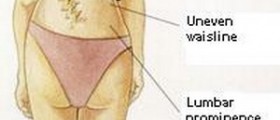
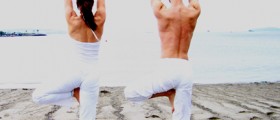


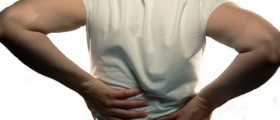





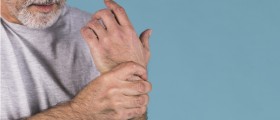




Your thoughts on this
Loading...